If you own an RV, then preserving its condition is of the utmost importance – and you know it! One of the most common problems with RVs is oxidation – that unsightly and often corrosive layer that can form on fiberglass surfaces over time. In this article, we’ll provide a comprehensive guide – including tips on how to prevent it from coming back!
Table of Contents
Why Does an RV Gel Coat Lose Its Shine?
Over time, environmental elements like UV light, road salt, wind and rain can cause oxidation to occur on the gel coat’s surface. Oxidation makes the gel coat appear dull and discolored, and can even lead to cracks or holes if it’s not addressed.
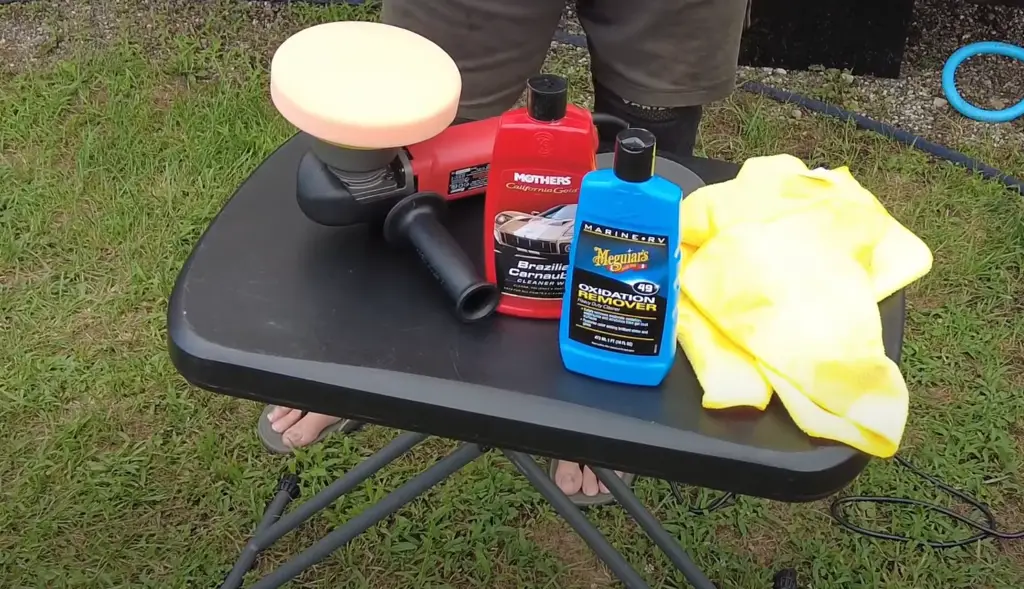
How to Make Your RV Gel Coat Shine Again
There’s nothing quite like the shiny, glossy finish of a new RV. But unfortunately, over time that shine can start to fade and your RV will begin to show signs of oxidation. Oxidation is caused by exposure to UV rays from the sun and other elements in the environment, such as saltwater or air pollution. The fortunate news is that you can easily rejuvenate the gel coat back to its original condition! With a few simple steps, your gel coat will look as if it just came out of the factory.
Clean the surface with a non-abrasive cleaner. This will help remove any dirt and grime so you have a clean surface for polishing and waxing. Once you’ve finished cleaning, use a buffer or orbital sander with an abrasive pad to remove the oxidation. Work in small circles, using light pressure and making sure not to damage the surface.
Once you’ve removed all of the oxidation, it’s time to polish the gel coat. Use a high-quality polish specifically formulated for fiberglass and apply it evenly with a clean cloth or buffer. Start by applying the polish in circular motions until it has an even finish and then let it sit for 10-15 minutes so that it can penetrate into the pores of the gel coat and provide long-lasting protection from UV rays.
When you’re finished polishing, add a layer of sealant or wax over top.
Let the layer of sealant or wax dry for about 20 minutes and then buff it with a clean cloth to bring out the shine and finish off your project!
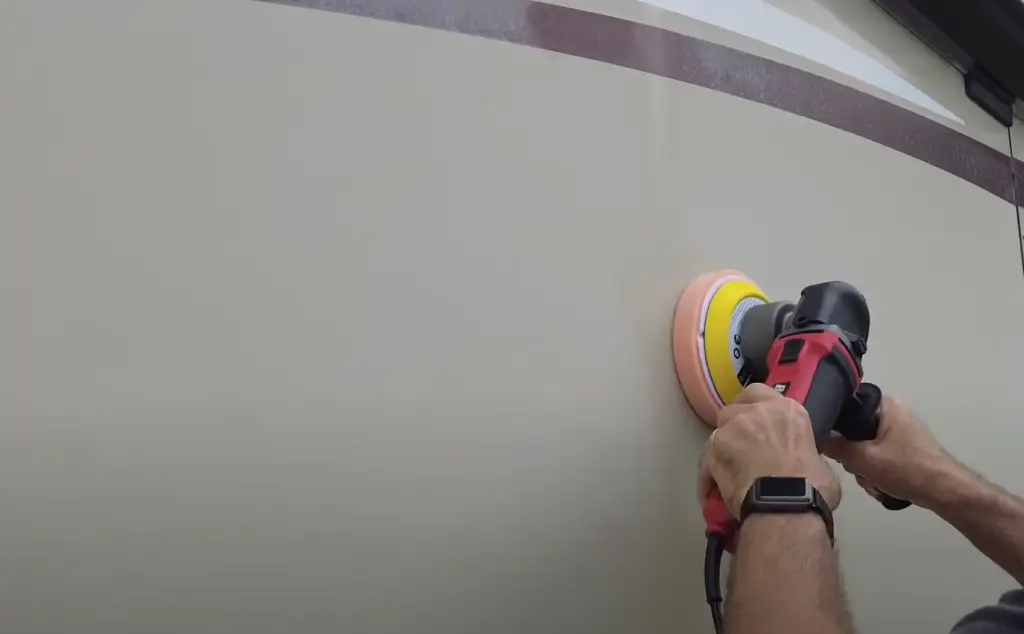
What Kind of RV You’re Trying to Restore
No two RVs are the same, and the methods used to remove oxidation from them may vary. Before you can choose the best way to clean oxidation from your recreational vehicle, it’s important to decide what type of RV you own.
Is it a pop-up camper? A motorhome? A fifth-wheel trailer? An older model or a newer one? The RV type makes a difference in the cleaning materials and techniques you should use when trying to restore its exterior.
Fiberglass Gel Coat type
If the exterior of your RV is made up of a fiberglass gel coat then you’ll want to purchase some special cleaners and polishes specifically designed for this kind of finish. There are numerous products available on the market that are specifically designed to remove oxidation.
Wash the surface. Once dry, apply an oxidation remover and work it into the affected area with a clean cloth or sponge. You can either do this by hand or use an orbital buffer with foam pads if you wish. After removing the oxidation, buff it out with a soft cloth.
Corrugated Fiberglass or Aluminum
You’ll need to use a different set of cleaning techniques. For this kind of material, start by wiping down the surface with a damp cloth and mild detergent. Then apply an oxidation remover designed for use on metal surfaces.
After treating the surfaces, rinse with fresh water and buff any remaining dull or cloudy areas using a gentle cloth.
These simple steps can help you restore your RV back to its original beauty.
Fully Painted Finish
Take extra precautions when cleaning and restoring it. Start by washing the surface. Then use a wax or polish designed for automotive finishes and apply it to the entire exterior of your RV.
Bare and Coated Aluminum Finish
Begin by cleansing the surface with gentle soap and refreshing water. Then apply an oxidation remover specifically designed for aluminum surfaces and work it into the affected areas using either a cloth or orbital buffer and foam pads.
Once everything has been treated, rinse off the surface with clean water and buff any areas left dull or cloudy with a soft cloth. With regular maintenance and care, you can keep your RV looking its best for years to come!
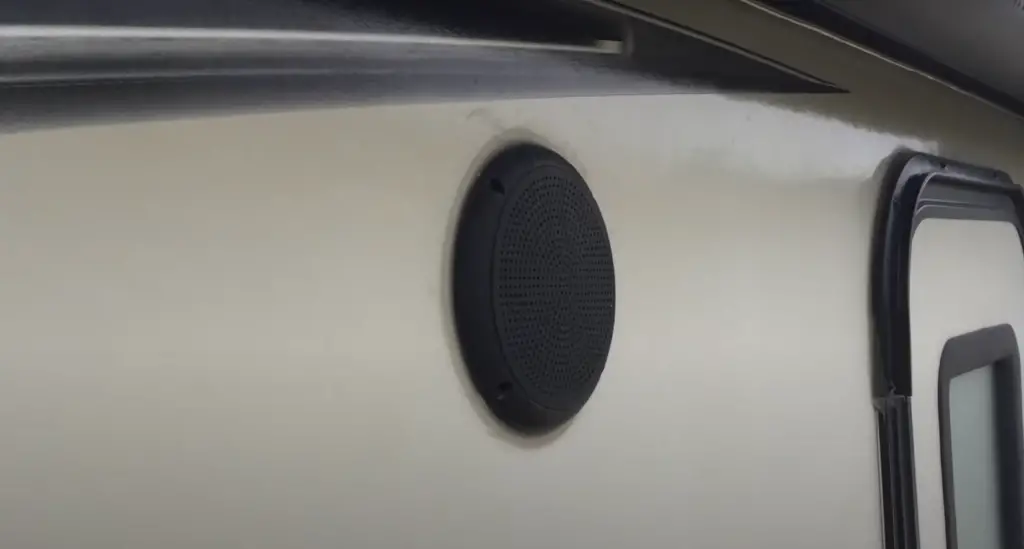
Advice for Removing Oxidation from RV Fiberglass
Oxidized fiberglass on an RV leaves it looking dull, aged and out of date – not to mention loses its shine. Here are some tips for maintaining the integrity and appearance of your fiberglass by removing oxidation.
- Start with a simple wash: Begin by washing the aluminum siding of the RV with a mild detergent or car-washing solution. Be sure to use a soft brush or sponge as hard scrubbing can damage the siding.
- Use an abrasive cleaner: After you’ve washed away any loose material, it’s time to get serious about removing the oxidation. An abrasive cleaner, such as a synthetic rubbing compound or aluminum polish can be used to help remove tougher oxidation. Apply the cleaner with a soft cloth and rub it in using circular motions. Work until the oxidation is gone and then rinse the siding well with water.
- Wax your RV: After you have successfully removed the oxidation, apply a coat of wax. [1]
Remove Oxidation from RV Fiberglass with Hand Buffing
Reviving the RV’s faded fiberglass is easy with hand buffing. This simple technique will restore its color and luster to give it a like-new shine. To begin, you’ll need some supplies: polishing compound, clean microfiber cloths, an electric drill with buffer attachment, safety glasses, ear protection and a respirator mask.
First off, wet down the area to be polished so it’s free from dust and dirt. Attach your electric drill with a buffer attachment to the polishing compound pad. Apply a small amount of it directly onto the pad and start buffing the surface in small circular motions at low speed (about 1000-2000 RPM).
Work in two-foot sections, overlapping your circles to ensure an even buffing.
Switch to a clean microfiber cloth and wipe off the excess polishing compound and residue left behind from the buffer. Continue this process until you’ve covered the entire fiberglass surface. Once complete, use a dry microfiber cloth to buff out any streaks or smears that may remain on the surface.
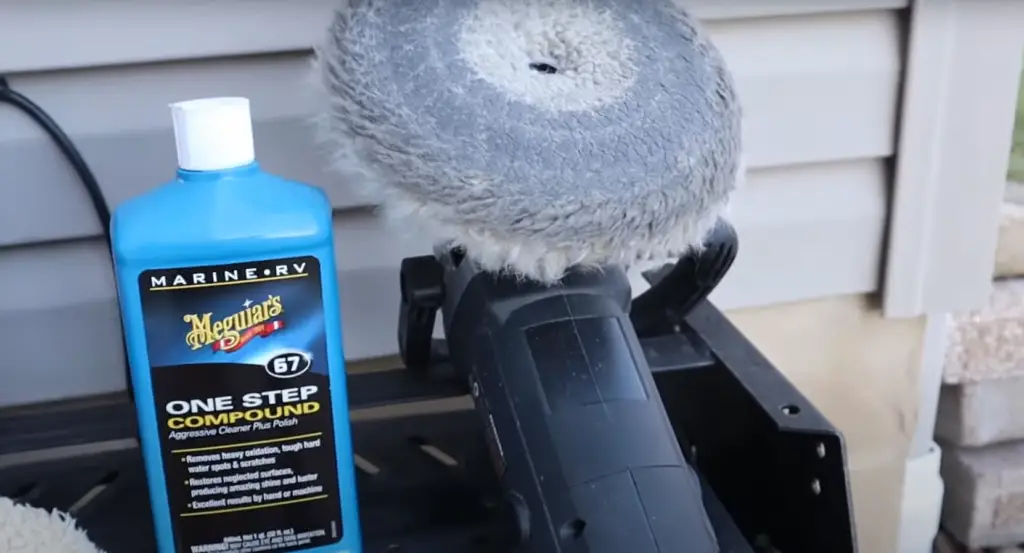
Removing RV Oxidation with a Power Buffer
One of the quickest and most effective ways to remove oxidation is to use a power buffer. A good one can help you quickly and effectively remove any oxidation, with minimal effort or time necessary.
Before starting this process, ensure that all dirt has been removed from the surface of the fiberglass. This will prevent further damage while buffing and also reduce any chances of scratches during the process.
Start by applying a high-quality wax product onto your RV’s surface. Make sure that it covers the entire area where oxidation may be present. Once applied, allow the wax to dry for at least 10 minutes before beginning to buff.
Now, begin buffing the area with light pressure at a speed of 1,500 rpm. Start from one side and slowly move your way across the entire RV’s surface until the wax is evenly distributed and any oxidation has been removed.
Be sure to inspect for any missed spots or areas that need more attention before continuing with your project.
Restoring Extreme Fiberglass Oxidation
If you find that the oxidation on your RV has become too extreme, then it may be time to take a more aggressive approach. There are several methods available, but they all require some hard work and elbow grease.
To start, there are special products made specifically for removing especially tough oxidation. Look for an RV-specific cleaner/polish with a medium-grade abrasive component. Work this product into the surface using a buffer or polisher until the oxidation is completely gone.
Another option for restoring extremely oxidized Fiberglass is to use a sanding pad and sandpaper with a medium or coarse grade. Start by wetting the area with clean water and then lightly sanding in even, consistent strokes. Keep your movements slow and steady to avoid damaging the paint beneath. Then you can use a polisher or buffer to help restore the original shine. After that’s finished, apply a protective coat of wax to keep future oxidation away.
Finally, if all else fails you may have to resort to professional refinishing services. This is a much more expensive option than using DIY methods, but it will be well worth it if done right. A professional will be able to remove all of the oxidation without harming the underlying surface.
No matter what approach you take, the most important thing is to stay patient and work carefully. With enough time and effort, you’ll have that old RV fiberglass looking brand-new again! Good luck!
Tips to Prevent RV Oxidation
Oxidation can take its toll on your RV if you don’t keep up with regular maintenance. To help prevent oxidation, here are some tips to keep in mind:
- Clean the exterior of the RV regularly using a mild soap and water solution. Don’t use harsh chemicals as they can damage the fiberglass.
- Wax your RV at least twice a year for added protection against dirt, grime, and UV rays that can cause oxidation.
- Always apply a polish or wax after washing to protect against moisture and other elements that can damage the fiberglass surface.
- Regularly inspect your RV for any signs of damage such as chipping paint or fading colors which can be a sign of oxidation.
- Store your RV in a covered area or use a protective covering during storage to keep the fiberglass from direct sunlight and other damaging elements.
RV Fiberglass Maintenance
Maintaining the fiberglass of your RV is an important part of owning an RV. Unfortunately, due to its exposure to the elements, oxidation can occur on the fiberglass. Oxidation is caused by UV rays that erode away at the protective coating and cause a chalky residue and discoloration. This can be unsightly, but fortunately there are steps you can take to remove oxidation.
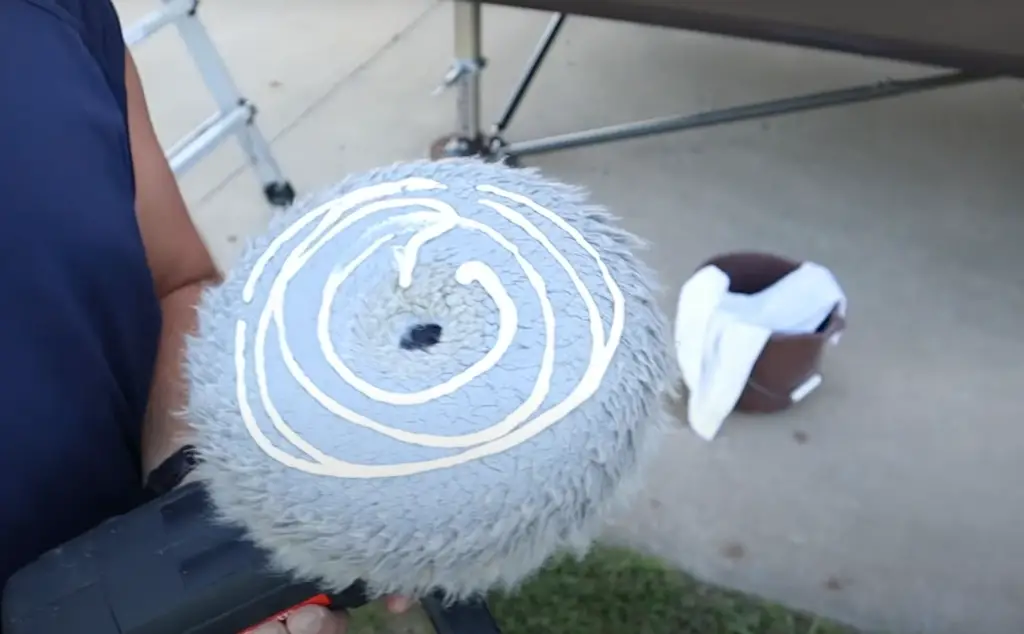
The first step to removing oxidation is to use a wax-based cleaner. This type of cleaner will break down the oxidation, allowing you to easily scrub it away. Make sure you are using a quality product that is specifically designed for RV fiberglass. Once you have applied the cleaner, let it sit for several minutes before scrubbing with a non-abrasive brush. Scrub in small circles and don’t be afraid to apply more pressure if needed. It’s important not to use an abrasive brush as this can cause further damage. If necessary, use a mild detergent or soft cloth to help remove any remaining residue. After you’ve finished scrubbing, rinse off the area with clean water and dry with a soft cloth. Once you’ve removed the oxidation, it’s important to apply an RV wax to provide additional protection against UV rays and oxidation in the future. Applying a good quality RV wax on a regular basis will help keep your RV looking like new for years to come. Be sure to follow the directions on the label for the best results. These tips should help you easily remove oxidation from your RV fiberglass and keep it looking great! It’s important to remember that while maintenance is key, regular inspections are also necessary. If you notice any signs of damage or wear, be sure to contact a certified repair shop as soon as possible. [2]
FAQ
How do you remove heavy oxidation from fiberglass?
Heavy oxidation can be difficult to remove from fiberglass, but it is possible with the right tools and procedures. Abrasive polishes like rubbing compounds and buffer pads are commonly used to remove heavy oxidation. Start by applying a rub-up compound with a clean microfiber cloth in small circular motions. After that, we suggest using an orbital sander with a wool pad or buffer pad for extra abrasiveness. Buff the surface with a clean microfiber cloth for a brilliant shine. [3]
What causes RV oxidation?
Oxidation occurs when a metal corrodes due to prolonged exposure to oxygen and moisture. In the case of RV fiberglass, oxidation is caused by sun damage, taking too long of a time in between waxing and not keeping up with regular maintenance. The oxidation process can cause the fiberglass surface to fade or turn yellow, become brittle, and show signs of scratching or cracking.
Fortunately, there are several methods for removing oxidation from RV fiberglass that will restore its appearance and overall condition. It’s important to note that it’s best practice to thoroughly clean the RV before beginning any repair work so that you’re able to fully assess what needs to be done. [4]
How do you fix oxidation on a camper?
When oxidation starts to set in on a camper, it can be overwhelming. Oxidation is the gradual breakdown of your fiberglass due to sun and weather exposure that causes fading, chalking, and dulling of the surface. Luckily, there are steps you can take to restore your RV’s original shine and reduce oxidation buildup. The first step is to thoroughly clean the area with a wax-based cleaner. This will help break down the oxidation and allow you to easily scrub it away. After that, use an orbital sander and buffer pad for extra abrasiveness. Finally, finish off by buffing the surface with a clean microfiber cloth for a brilliant shine. [5]
What causes oxidation on fiberglass?
Oxidation of fiberglass is caused by exposure to the elements, including UV rays and salt water. Oxidation can cause a chalky or dull appearance to the surface of your RV. It can also lead to cracks, discoloration, and other signs of deterioration that can significantly reduce the value of your vehicle.
Useful Video: Chalky, Dull RV Fiberglass finish? Remove Oxidation and Restore the Shine.
Conclusion
When it comes to removing oxidation from RV fiberglass, there are several methods that can be used. Popular options include using a buffer wheel or an orbital polisher with a polishing compound, as well as chemical cleaners and degreasers. Make sure to follow proper safety procedures when handling any chemicals, and use the right tools for your specific job! Additionally, keep in mind that waxing your RV after oxidation removal will help protect against future oxidation buildup. With these tips, you’ll have no trouble restoring your RV’s fiberglass back to its former glory. Happy cleaning!
References
- https://campersmarts.com/how-to-remove-oxidation-from-rv-fiberglass
- https://olivertraveltrailers.com/blog/everything-you-need-to-know-to-take-care-of-your-fiberglass-rv/
- https://campersmarts.com/how-to-remove-oxidation-from-rv-fiberglass
- https://www.allrv.us/rv-body-repair/fiberglass-oxidation
- https://drivinvibin.com/2021/08/02/remove-oxidation/

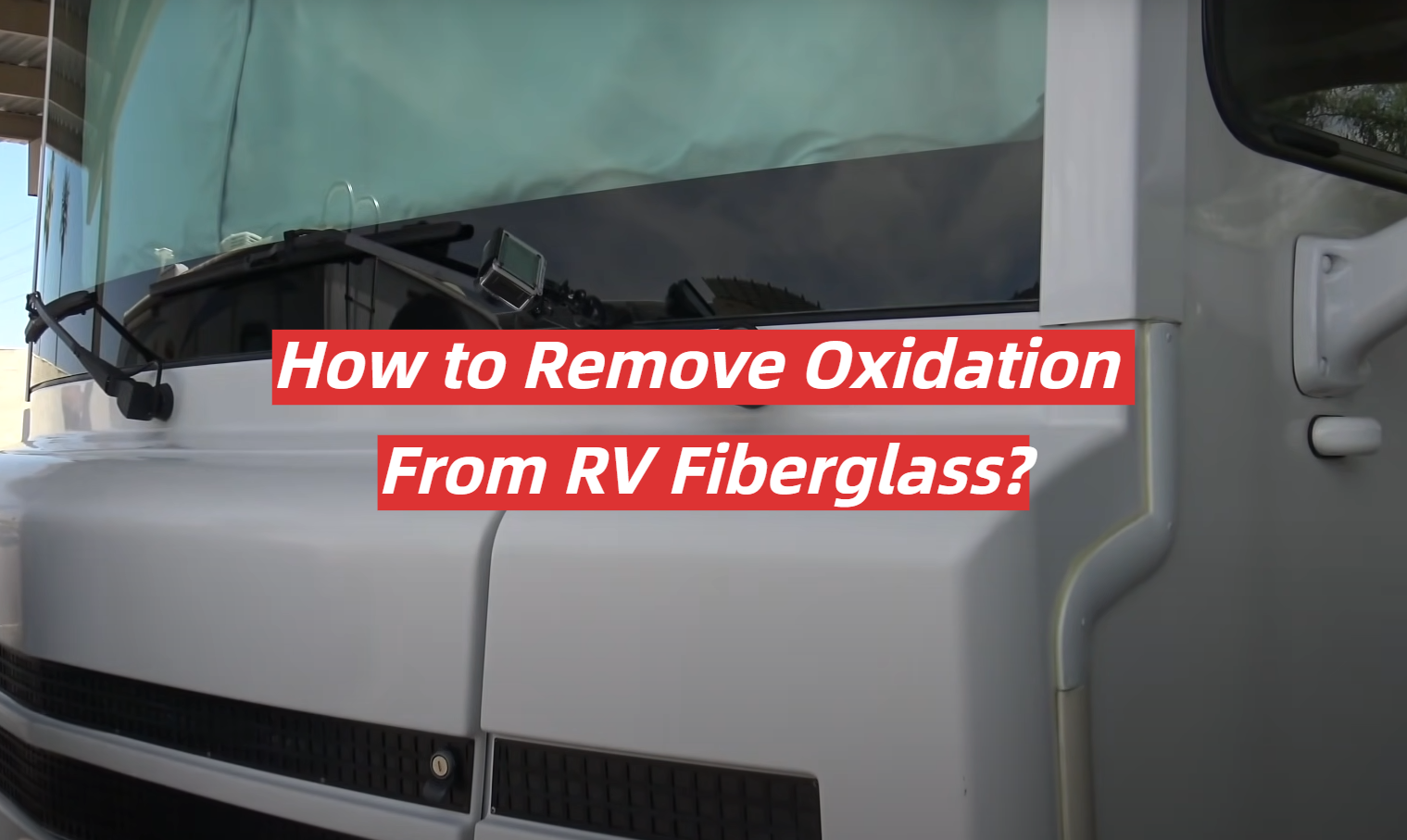
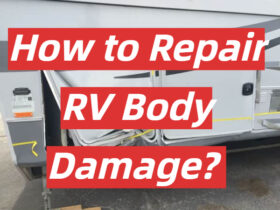
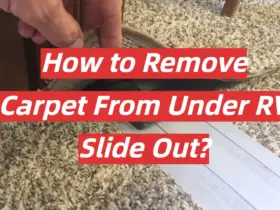
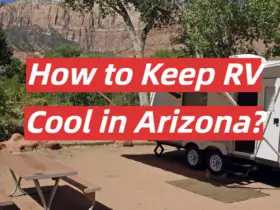
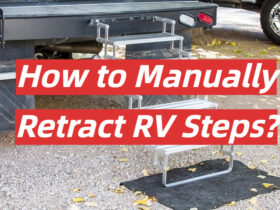
Leave a Reply